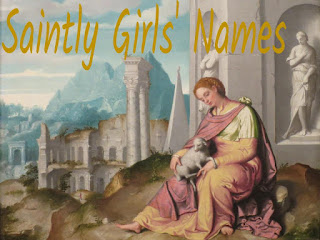Traditional vs. Contemporary Names
Names have a variety of styles, but there are two broad categories: traditional and contemporary.
Traditional Names
Traditional names have roots in the past. Yet, that's not enough to make a name qualify. A name must also have a sense of history and/or continuation.
These names come from a variety of styles. All classic names, including John and Mary, count as traditional. The same holds true for vintage names like Alfred and Edith. Other traditional names are neither classic nor vintage. These names include Liam and Scarlett.
Contemporary Names
Contemporary names stem from new possibilities. While none of them were popular in the past, not all of them are new. Weston and Nova both ranked in the top 1000 before 1940.
As with traditional names, contemporary names can belong to any style. Many of these are unisex names like Phoenix and Tatum and surnames like Easton and Harper. In addition, some styles that are traditional for one gender can be contemporary for another. For instance, while mythological names are traditional for girls, they are contemporary for boys since boys' names are less susceptible to trends. These names include Atlas and Orion.
Cultural Bias
Is a name really only traditional or only contemporary? Not all names are. Some names that are contemporary among English-speakers are more traditional in other cultures. For example, Zara is contemporary in the United States but more traditional in Slavic nations.
Names can even belong in different categories in two countries with the same official language. For example, while Lavender feels more traditional in England, it's contemporary in the United States.
Besides, a name's category can change over time. A contemporary name can become traditional if it has stayed fashionable for at least two generations. It has happened to Brock and Autumn.
Is your name traditional or contemporary?



Comments
Post a Comment